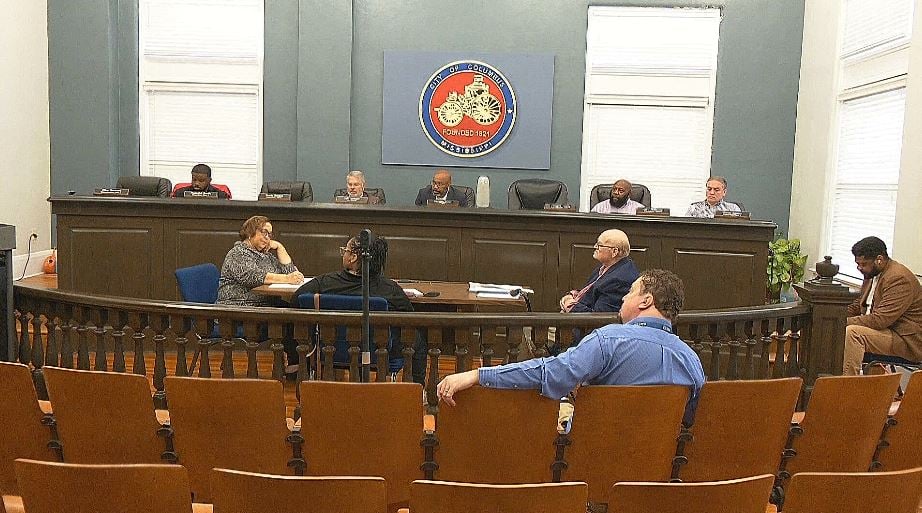Your tax refund could be $1,000 higher in 2026. Here’s why.

(CBS NEWS) – CBS News reports that Federal tax refunds often represent a family’s single largest check of the year, and next year’s refunds could be even bigger, with the average payment set to increase by about $1,000 per filer, according to a recent analysis from financial services company Piper Sandler.
That could boost the typical refund check to roughly $4,151 per filer, based on IRS data that shows the average tax refund was $3,151 for the 2025 tax filing season. Americans will file their 2025 individual returns in early 2026, with most people receiving their refunds within 21 days of submitting their forms to the tax agency.
The analysis aligns with other forecasts predicting a bumper year for tax refunds, driven by the “one big, beautiful” tax and spending law signed by President Trump in July. The legislation enacted a bevy of new tax breaks retroactive to 2025, including eliminating taxes on some overtime and tipped income, as well as lifting the cap on the deduction for state and local taxes, or SALT, from $10,000 to $40,000.
“When people go to file, they’ll be surprised by really, really large refunds,” Don Schneider, deputy head of U.S. policy at Piper Sandler and one of the report’s authors, said in a recent podcast about the analysis. “In a typical year, we might have about $270 billion in tax refunds, and it’ll be that plus another $90 billion.”
Americans generally aren’t adjusting their withholding to reflect the new law’s retroactive tax cuts, largely because it’s hard for employees to estimate the impact, Schneider added. As a result, when people file their taxes in early 2026, their refunds could be about one-third larger than usual — that amounts to roughly an extra $1,000 per filer, according to the report’s calculations.
“It could be one of the largest tax refund seasons ever,” Schneider added.
Still, the impact won’t be evenly distributed, with the benefits largely going toward middle- and upper-middle-income households, or those earning between $60,000 to $400,000 per year, according to Piper Sandler.
That echoes earlier tax analyses projecting that higher-income Americans are likely to see a bigger relative boost from the new tax law compared with lower-income households. People who earn over $217,000 a year are likely to get $6 of every $10 in new tax breaks from the law, according to a Tax Policy Center analysis published in July.
Some of the law’s benefits won’t reach the highest-earning households because of income phase-outs, Piper Sandler noted. For example, the new $40,000 SALT deduction begins to phase out for filers with annual income of more than $500,000.
The lowest-earning households are also likely to see little benefit from parts of the new tax law. For instance, the higher SALT deduction cap only helps people whose state and local taxes exceed the 2025 standard deduction, which stands at $15,750 for single filers and $31,500 for married couples.
Because filers must itemize to claim the SALT deduction, lower-income households typically can’t take advantage of it, according to tax experts.
“This isn’t going to the very bottom of the distribution. It isn’t going to the very top of the distribution either,” Scheider said.




